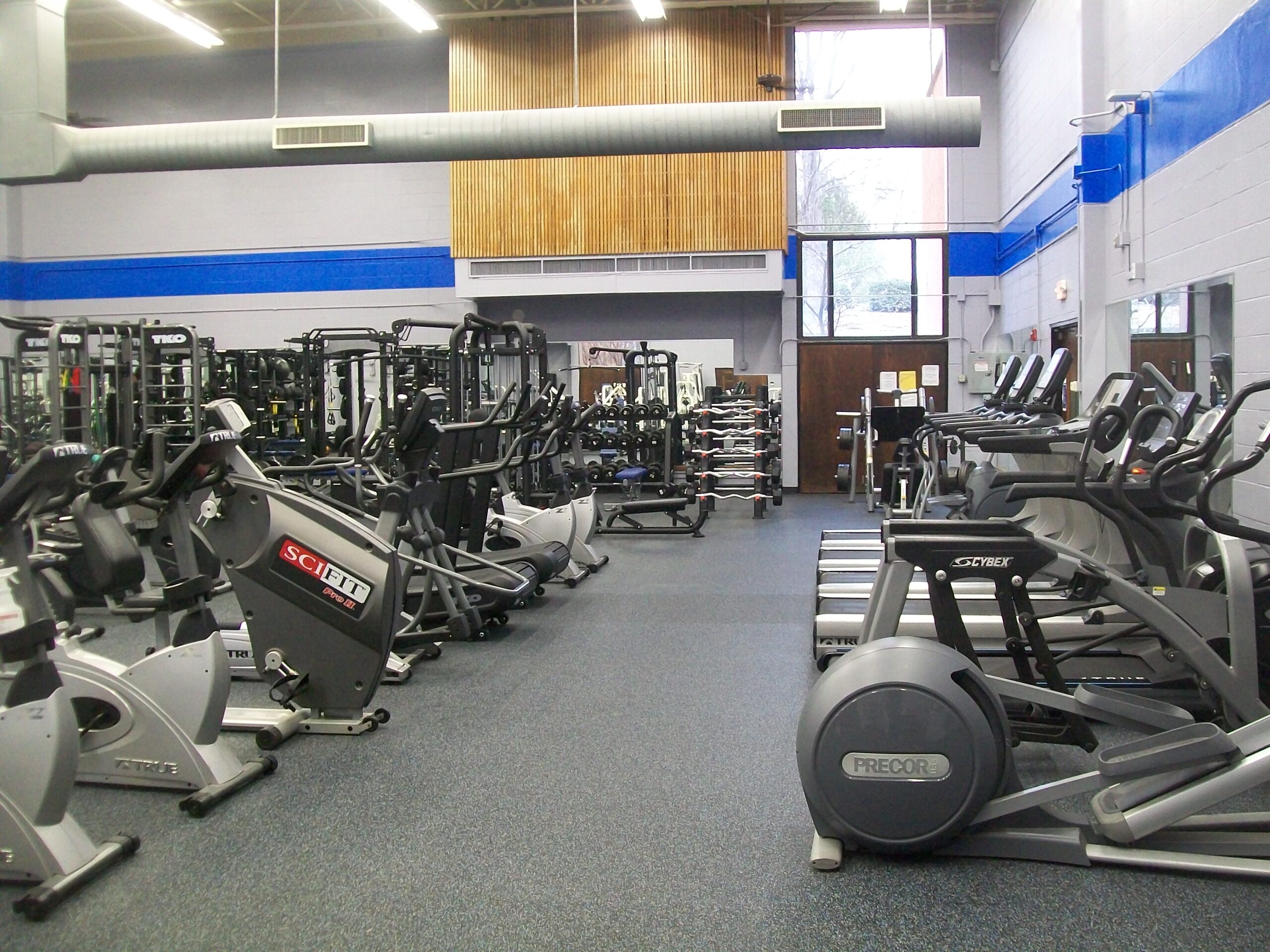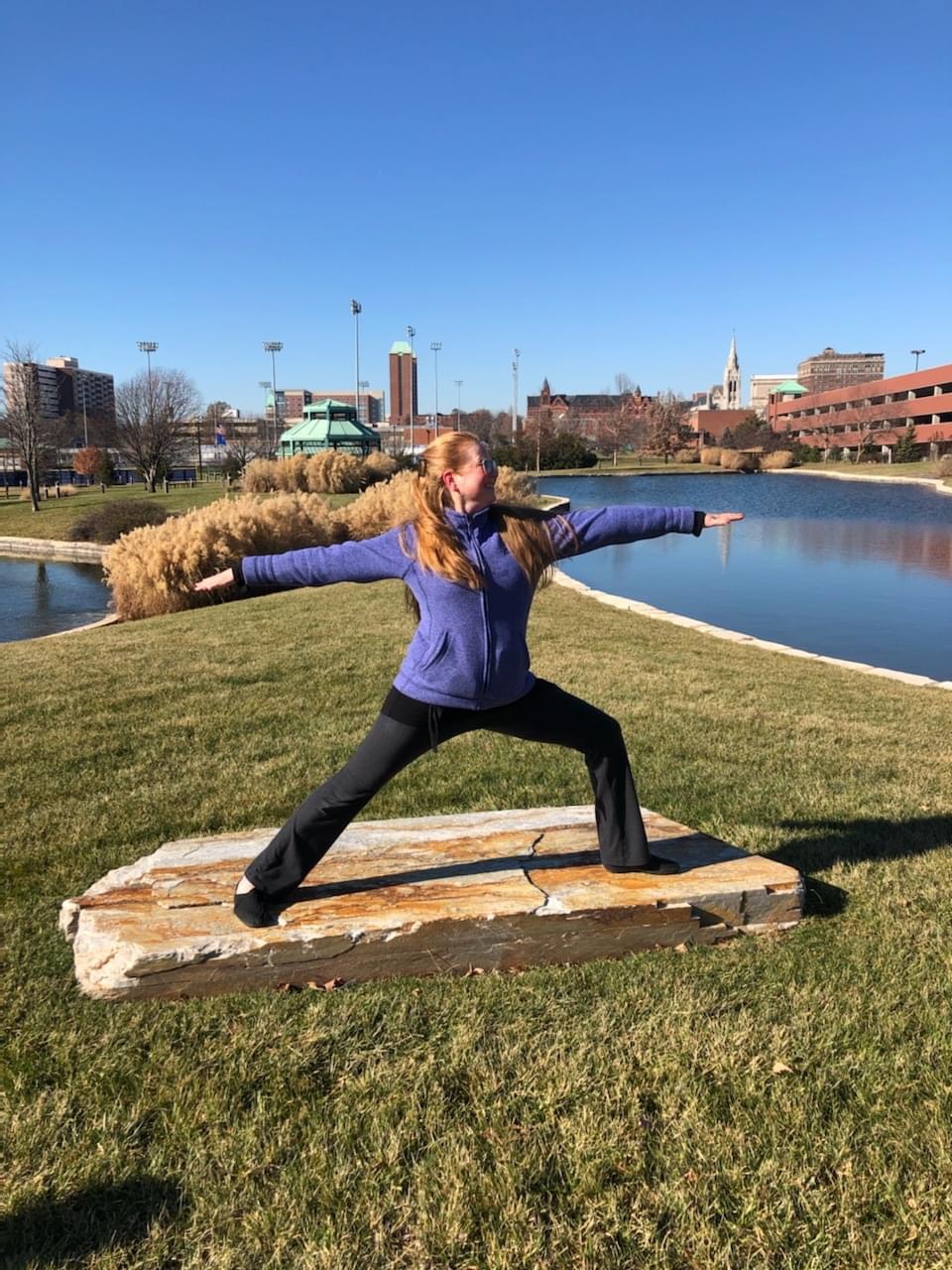Meramec advisers, faculty, share tips for training:
LAUREN JOHNS ART & LIFE EDITOR
Spring is just around the corner; time to lace up and hit the pavement, full speed ahead towards one’s running goals. Having the correct footwear is instrumental to avoid injury. Everyone is unique when it comes to the types of shoes they need. “Typically, I’m pretty cheap and I’ll order something off Amazon,” said Lisa Kokotovich, the advisor for the Meramec Run/Walk club. “However, for new runners or those preparing to race, you should go to a running store where they have you fitted. I recommend Fleet Feet, Big River Running Co. or Toolen’s.” Alongside specific footwear, clothing fabric and how many layers one wears can be the difference between a great or terrible run. This will change drastically depending on outside temperatures. “I avoid running in icy or rainy weather,” said Kokotovich. “But when I do decide to run in the cold, I’ll never go below 20 degrees. In this temperature, I’ll typically spring for thermal leggings, wool running socks and two thicker layers on top like a long sleeve shirt and a fleece jacket. Make sure to wear something moisture wicking. Also, keep in mind that your body heats up 10 to 15 degrees when you run, so if you are cold at first, wait it out.” In addition to the cold weather, this is the season of shorter daylight hours. The dark is doable as long as a few simple rules are kept in mind. “Run with reflective gear and wear a headlamp or other form of light,” said Kokotovich. “Make sure to go somewhere familiar, preferably with a buddy. If you want to listen to music, keep the volume low. Stay on the sidewalks or near streetlights. If you need to cross the street, assume drivers don’t see you unless they wave you on. To hold your phone, invest in an arm band or fanny pack. I use Spibelt, but pockets work too.” Running provides a time and place to mentally prepare for the trials ahead. Amp up the advantages by running with friends and loved ones. “My friends and I joke that runs are like our own little ‘therapy sessions’,” said Kokotovich. “When I was training for a marathon, we had to run 20 miles and that’s difficult to go about alone.” Overall, running facilitates healthy living, aiding in mental and physical well-being. “Running improves cellular metabolism, regulates body fat, improves immune function, reduces chronic diseases,” said Ron Mirikitani, P.E. teacher at Meramec and former wrestling coach. However, failing to maintain proper running form is detrimental enough to override anything that is going well. To avoid excessive tension, learn the techniques. “Run tall with a straight back,” said Coach Mirikitani. “Foot placement should be directly under your knee at moment of foot strike. Keep your arms at approximately a 90 degree angle and arm swing should not be excessive across the front of the body. Use a low knee lift for distance running and raise them higher for sprinting. Do not bounce up and down because energy should propel you forward not vertically.” Once good posture has been attained, choose a focus, something to draw motivation from. According to Kokotovich, whatever you decide, start off slow. If you have your sights set on a half marathon, try a 5K first (3.15 miles) and then a 10K (6.2 miles), slowly adding mileage over time. Most runners avoid completing the full distance until race day to prevent fatigue and overtraining. “Running a half marathon was my biggest accomplishment,” said Colleen Messerly, a sophomore. “It was a surprise because I was never athletic in high school, but I stuck to a plan and took my time with it. I didn’t even run the full 13 miles until race day. The most I ran was 10.” Kokotovich ran the Bayshore Marathon in 2015; her time helped her qualify for the Boston Marathon, where she clocked in at 3 hours and 47 minutes. “I need a plan to follow, so I register for races as a motivator,” said Kokotovich. “On occasion, I’ll also reward myself with a bowl of ice cream afterwards for each new accomplishment.” Kokotovich stresses that one should avoid overexertion, especially as a beginning or returning runner. “When my children were born, I rarely ran,” said Kokotovich. “I only made it a mile down the block. Then I started to do a lot of workouts where I alternated between running and walking, usually walking more initially. Make sure to set those goals.” Coach Mirikitani was an avid runner, too, but now cross trains more frequently. This form of exercise aids in recovery for a tired or injured athlete. It can also be an addition to a weekly training schedule, allowing for muscle strengthening and improving core stability. Coach Mirikitani mixes up his routine to see real results and, through doing so, ignites a burning passion that drives him. “To overcome challenges and become a more versatile runner, you need to be consistent in your training and possess a strong desire to better yourself,” said Coach Mirikitani.











